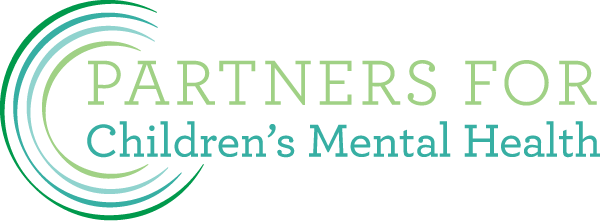Suicide among school-aged children and youth is an increasing public health concern. The proliferated rate of suicide among young people is alarming and highlights unmet mental health needs of students that need to be addressed (Lambie et al., 2019). Specifically, suicide is currently the second leading cause of death in the United States among children and youth ages 10 to 19 (Centers for Disease Control and Prevention [CDC], 2017a; Shain et al., 2016). Moreover, many young people report thinking about and seriously considering suicide, particularly in the wake of the COVID-19 pandemic. In the national Adolescent Behaviors and Experiences Survey, 19.9% of students (N = 7705) in grades 9 through 12 reported seriously considering attempting suicide and 9% reported attempting suicide within the previous 12 months (Rico et al., 2022). Translating these findings to the classroom, approximately five students in a high school classroom of twenty-five students will seriously consider suicide. Yet suicide risk is not limited to older youth and suicide is becoming increasingly prevalent among young children. The CDC (2017b) reported that 1503 children ages five to twelve died by suicide between 2000 and 2017, with increasing suicide rates among elementary school-aged black children (Sheftall et al., 2016). Considering the alarming rates of suicide risk among children and young people in the United States, effective strategies to prevent youth suicide are imperative. Since teachers play a key role in youth suicide prevention efforts (Hatton et al., 2017), the purpose of the present study was to increase understanding of factors that may influence teachers’ attitudes and self-efficacy in suicide prevention including an examination of suicide prevention training and exposure to student suicidality.
authors: Jaimie Stickl Haugen, Claudia C. Sutter, Jessica L. Tinstman Jones & Laurie O. Campbell
Content originally published on https://www.springer.com/journal/10566
